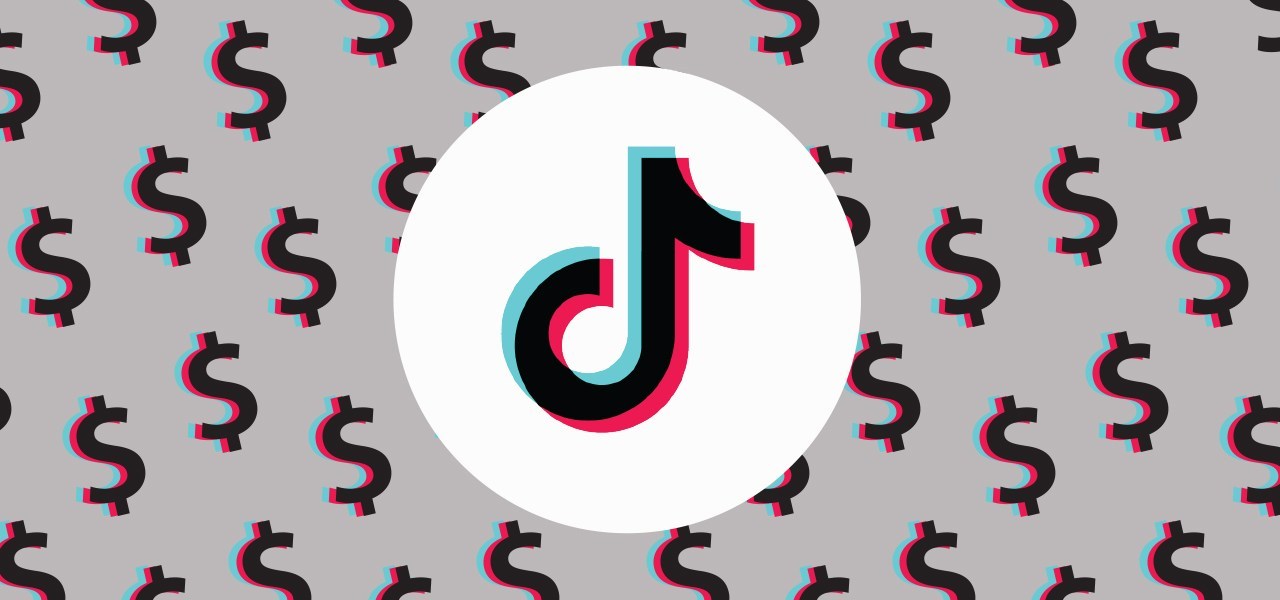Brands are investing in original sound marketing on TikTok

On TikTok, brands and retailers are playing marketing by ear.
Some companies have begun developing their own original TikTok sounds in the hopes of going viral. Pepsi announced a partnership with singer and actress Chlöe Bailey on Tuesday to release a new version of the song “Footloose,” encouraging TikTok users to join a dance challenge using the sound. Meanwhile, American Eagle and TikTok singer Katherine Li teamed up to create a custom version of her song “Happening Again” as part of its back-to-school campaign. Pizza Hut also collaborated with Jon Moss, a TikToker with nearly 7 million followers, to create a Detroit-inspired anthem to celebrate the return of Detroit-Style Pizza.
TikTok sounds are a crucial aspect of the platform. Viral sounds on the platform, such as Harry Style’s “As It Was” or Cookiee Kawaii’s “Vibe (If I Back It Up),” have been used in a total of over 3.6 million videos but brands don’t always have access to them due to licensing issues. In order to navigate through the legalities, retailers have begun partnering with artists and launching challenges on TikTok to reach more consumers.
When a creator uploads a video on TikTok with an original sound, other users can essentially use that sound to create new videos of their own. A sound goes viral as more people use the original sound. For brands, a viral sound offers visibility and a higher likelihood for them to reach more users’ “For You” pages. Some retailers have launched dance challenges along with the original sound in an attempt to get people to add their own twist to the original video.
“TikTok sounds have been important since the beginning,” said Alessandro Bogliari, CEO and co-founder of marketing firm the Influencer Marketing Factory. “Brands can actually use it to their advantage because the algorithm tries to push what is working.”
Using original sound or music as an advertising tool isn’t new. In fact, retailers have been creating catchy jingles on television and radio for decades to drive brand awareness and consideration. However, on TikTok, marketers have to adjust to a platform’s short-video format, its ever-changing trends and work with its unpredictable algorithm.
Many of the brands partnering with artists for TikTok songs are trying to recreate what has already worked. For example, American Eagle — much like Pepsi — is remaking a song that gained some attention on the app. Li, who has over 400,000 followers on the platform, released snippets of the song on TikTok, with one video gaining over 10 million views.
Ad position: web_incontent_pos1
But that doesn’t always mean the song will be a success. Right now, a little over 100 videos currently use The American Eagle version of the song.
Making the algorithm work for brands
Experts said there is no recipe for a viral TikTok sound campaign. But the possible benefits could be worth the investment.
E.l.f. Cosmetics, for example, launched its first original song on TikTok in 2019 called “Eyes.Lips.Face. (e.l.f.),” which features artist Holla FyeSixWun and songwriter iLL Wayno. The #eyeslipsface campaign now has 9.6 billion views under the hashtag and 1.4 million TikTok videos were made using the song. Influencers like James Charles and Addison Rae as well as celebrities like Lizzo had even joined in to use the sound.
E.l.f. told Glossy in an interview in 2020 that it had used paid advertising to give its #eyeslipsface campaign a boost. However, it did not use paid advertising for its follow-up campaign #elfvanishingact featuring its second original song. Sales for the company’s lip exfoliator, gentle peeling exfoliator and bite-sized eyeshadows had gone up as a result of its viral campaign.
“What we’ve seen since that moment is a lot of our products have gone viral,” E.l.f. CMO Kory Marchisotto said at the time. “We tracked them before they went viral on the campaign, and since they went viral on the campaign, we have seen anywhere between two- to six- and sometimes eight-times more sales.”
TikTok users have also had a history of bringing back old songs, such as Miki Matsubara’s “Mayonaka no door (Stay With Me).” Pepsi’s version of the 1984 song “Footloose” could be an attempt to tap into nostalgia. The soda giant said it was inspired by the Footloose trend that went viral on the app this summer.
Ad position: web_incontent_pos2
“It’s simultaneously a throwback, but a new version of the jingle,” Ryan Detert, CEO of influencer marketing firm Influential, said about retailers’ use of sound marketing on the app. “A lot of dances go along with certain sounds because that becomes the zeitgeist, that becomes the UGC [user-generated content] moment.”
Ali Fazal, vp of marketing for creator management platform Grin, said that brands and retailers could also end up alienating their core customers in their attempts to jump on trends or appeal to a younger demographic on the app. Additionally, companies should have a team that’s following TikTok trends closely. Otherwise, they run the risk of appearing out of touch.
“If you’re not truly plugged in, you probably will use the sound incorrectly,” Fazal said. “You might create content that doesn’t feel fully authentic.”
Fazal said that a marketing campaign on the platform that is “very obviously a sponsored ad” doesn’t resonate well with many TikTok users.
“The amazing thing about TikTok and the algorithm is that there is no predictability,” he said. “So it requires every brand to have a very diverse creator management strategy in order to be successful.”
Replicating E.l.f.’s viral moment remains a challenge, experts said. Even E.l.f.’s second original sound “Vanishing Act” pales in comparison to its initial release with just over 630 videos using the song. Still, experts said they expect retailers to continually make attempts.
“It’ll become more and more prevalent and necessary,” Influential’s Detert said. “There’s no path that is going to go the opposite direction.”

